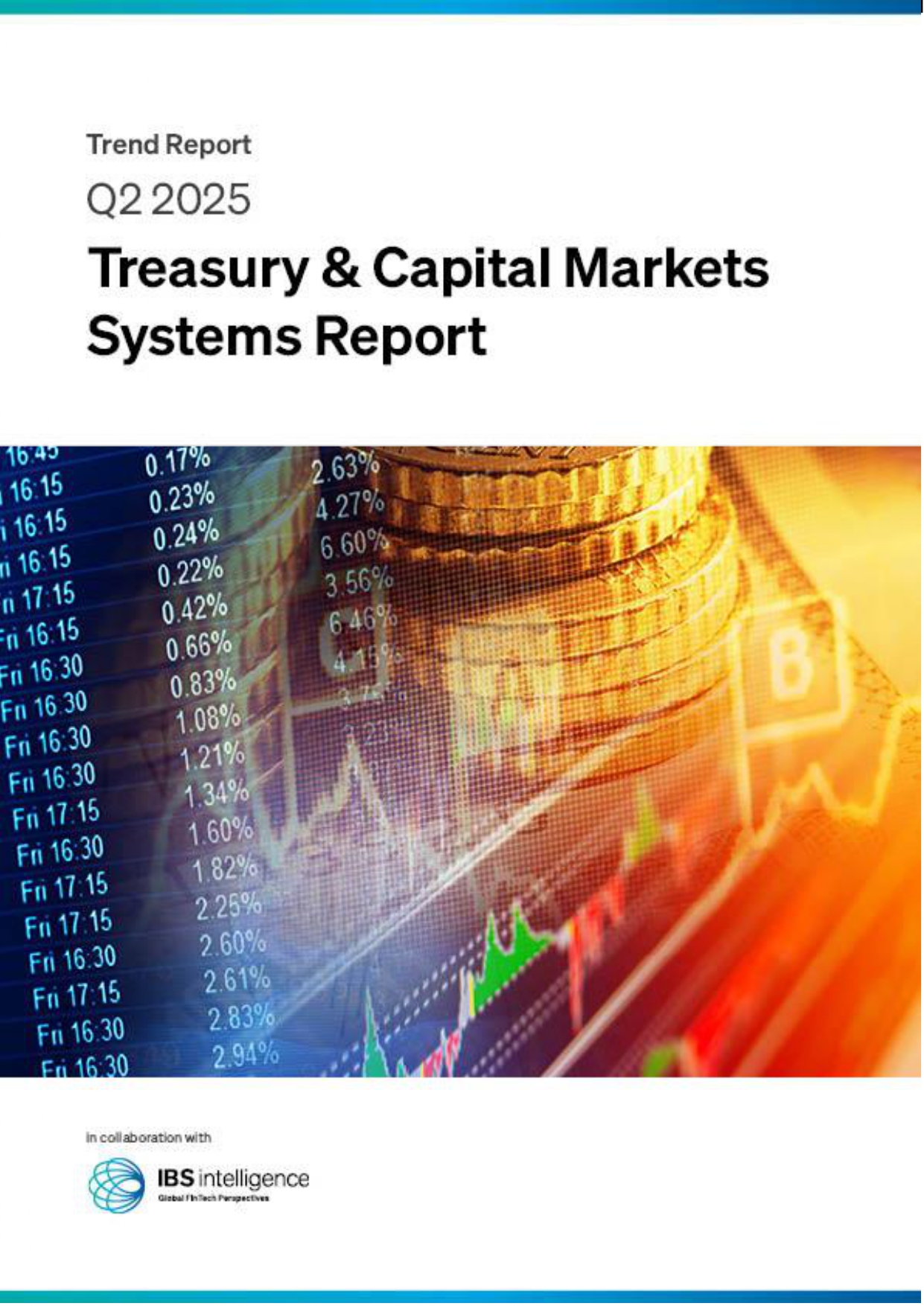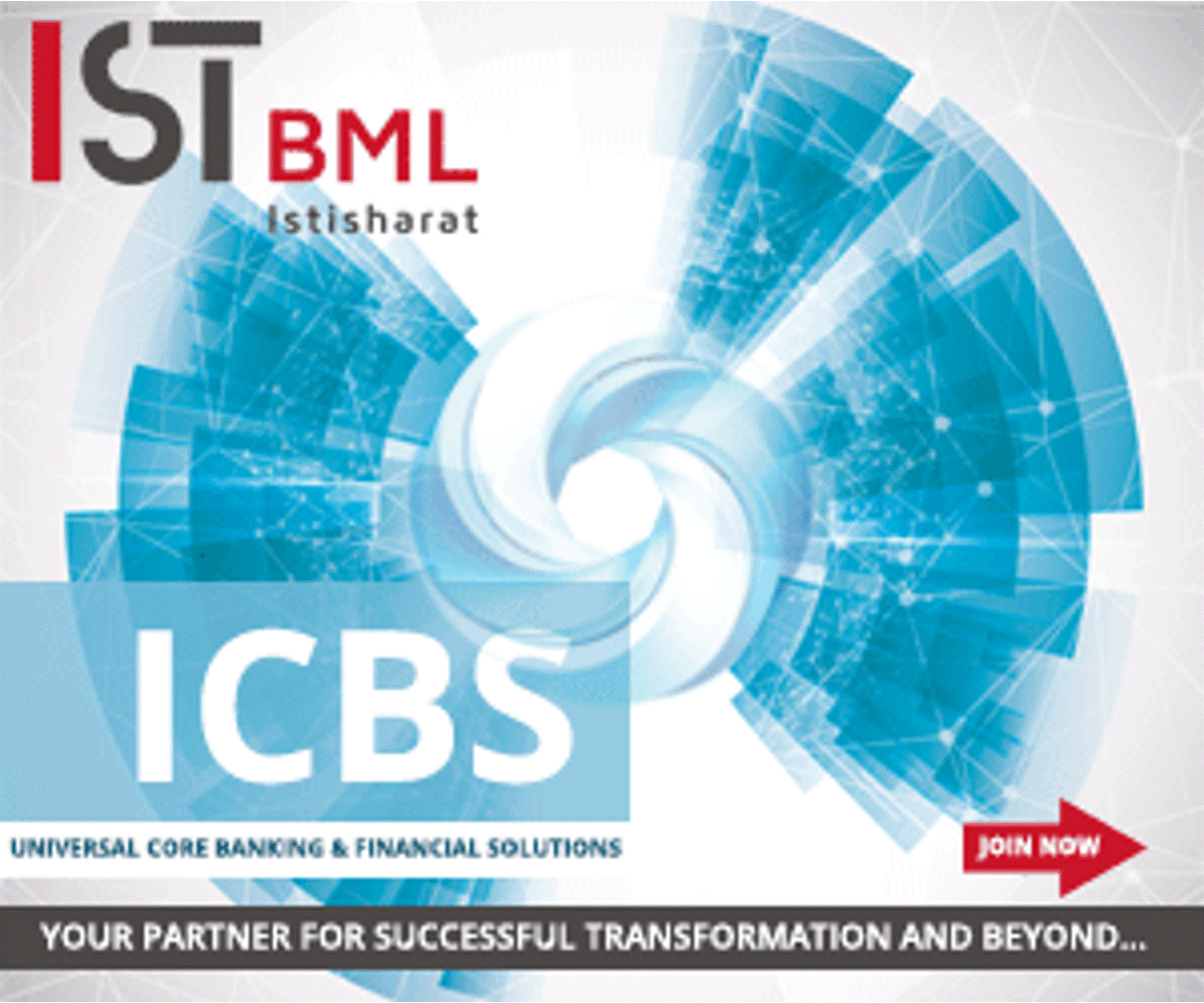 Back
Back
The Deep Dive: UAE Banking Sector
By Puja Sharma

The deep dive’ is our bi-weekly exploration of a relevant topic, hot trend, or new product. For Prime subscribers only.
How does it work?
Majority of banks see increase in operating income on the back of moderate increase in non-interest income and lower impairment charges
- All top 10 banks reported increase in loans and advances (+2.7% QoQ), mainly driven by growth in corporate and wholesale loans
- Strong capitalisation, and robust performance of UAE tourism and real estate sectors leaves banks well placed to weather any macroeconomic challenges
Leading global professional services firm Alvarez & Marsal (A&M) has released its latest United Arab Emirates (UAE) Banking Pulse for the second quarter of 2023. The report illustrates a positive trend in the UAE banking sector’s profitability, primarily driven by an increase in non-interest income and reduced impairment charges.
On a quarter-on-quarter (QoQ) basis, the banking sector was stable. Peaking interest rates have slowed the NII growth. The Central Bank of UAE (CBUAE) Credit Sentiment Survey indicated strong loan demand growth and optimistic expectation on credit appetite from financial institutions. CBUAE continues to anchor its benchmark rate to the US fed and increased it by 50bps between Q1’23 to July’23.
Who is under the radar?
The country’s 10 largest listed banks analyzed in A&M’s UAE Banking Pulse are First Abu Dhabi Bank (FAB), Emirates NBD (ENBD), Abu Dhabi Commercial Bank (ADCB), Dubai Islamic Bank (DIB), Mashreq Bank (Mashreq), Abu Dhabi Islamic Bank (ADIB), Commercial Bank of Dubai (CBD), National Bank of Fujairah (NBF), National Bank of Ras Al-Khaimah (RAK) and Sharjah Islamic Bank (SIB).
Despite benchmark interest rates reaching their peak, net interest income (NII) contributed minimally to profitability with a 1.3% QoQ growth. Loans and advances (L&A) experienced a 2.7% QoQ growth, predominantly fueled by corporate/wholesale loans’ 3.7% QoQ expansion.
Deposits growth moderated at 0.8% QoQ, influenced by a decline in time deposits by 2.1% QoQ. Net interest margin (NIM) contracted by 4 basis points, and the non-performing loan (NPL) ratio improved marginally by 19 basis points to 5.2%. The provisioning coverage for Stage 3 loans stood at approximately 63.4 percent. Return on equity (RoE) improved by 99 basis points, while return on assets (RoA) remained steady at 2.2 percent throughout the quarter.
Why does it matter now?
A&M’s UAE Banking Pulse examines data from the 10 largest listed banks in the UAE, comparing the Q2’23 results against Q1’23 results. Using independently sourced published market data and 16 different metrics, the report assesses banks’ key performance areas, including size, liquidity, income, operating efficiency, risk, profitability, and capital.
Asad Ahmed, A&M Managing Director and Head of Middle East Financial Services said, “We are continuing to witness sustained resilience in the UAE’s banking sector. Profitability remains robust and is emblematic of the sector’s adaptability, with non-interest income elevation and a reduction in impairment charges steering the positive trajectory. UAE banks continue to stand on firm financial ground and are poised to navigate through the broader macroeconomic landscape. The alignment of the UAE’s interest rates with the US Federal Reserve, marked by a gradual 50bps rise from Q1’23 to July’23, further assists in this economic stance.
“Additionally, the upward revision of the non-oil economic growth forecast for 2023, now at 4.5%, reflects the vibrant signals coming from both the buoyant tourism and real estate sectors. In particular to the latter, a sizeable 363 percent year-on-year surge in Foreign Direct Investment within Abu Dhabi’s real estate sphere, amassing AED 834.6 million in H1’23, is very noteworthy.”
IBSi FinTech Journal
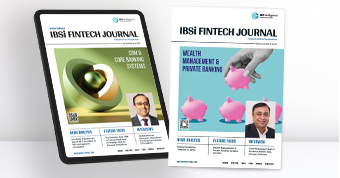
- Most trusted FinTech journal since 1991
- Digital monthly issue
- 60+ pages of research, analysis, interviews, opinions, and rankings
- Global coverage
Other Related News
Related Reports
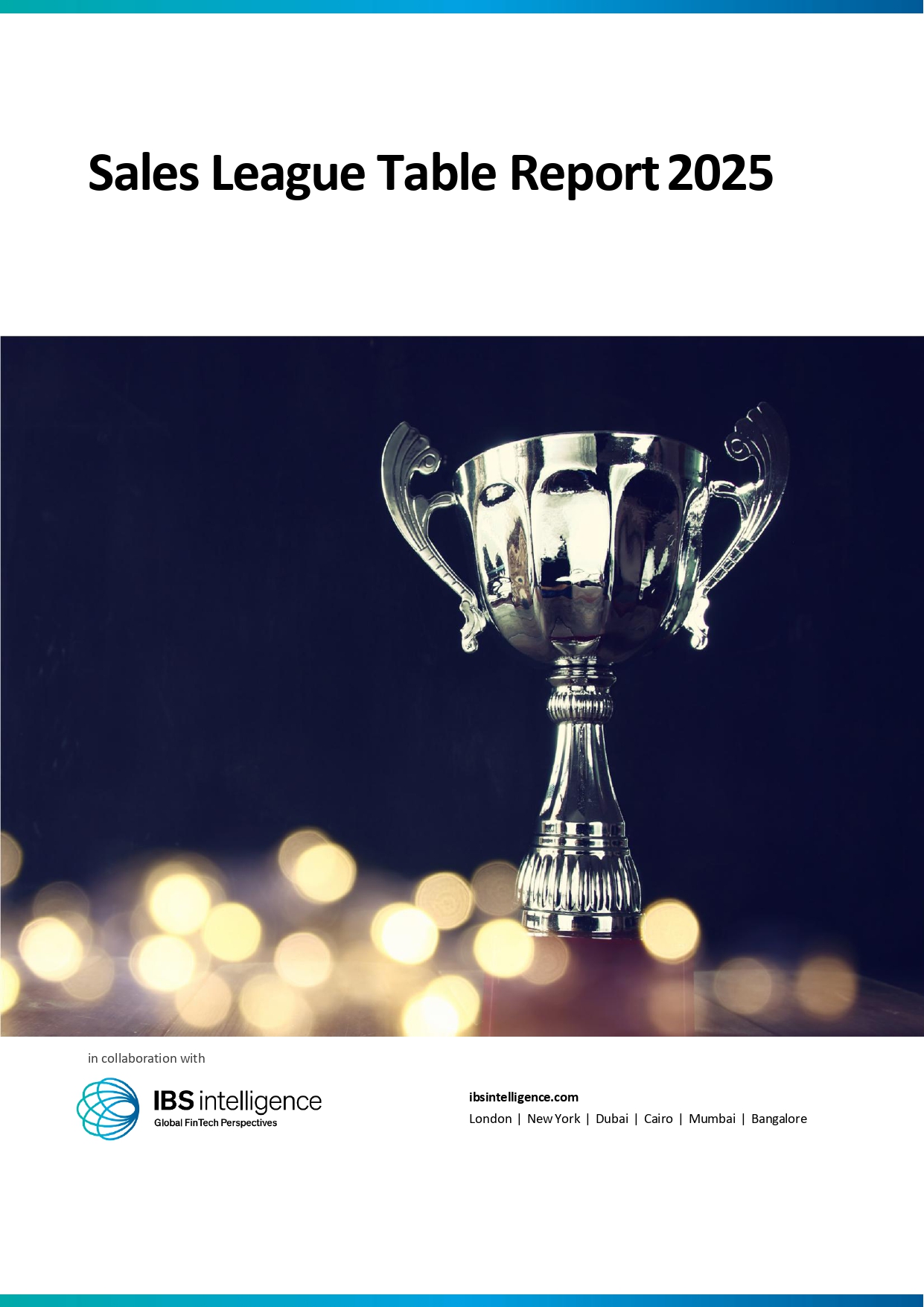
Sales League Table Report 2025
Know More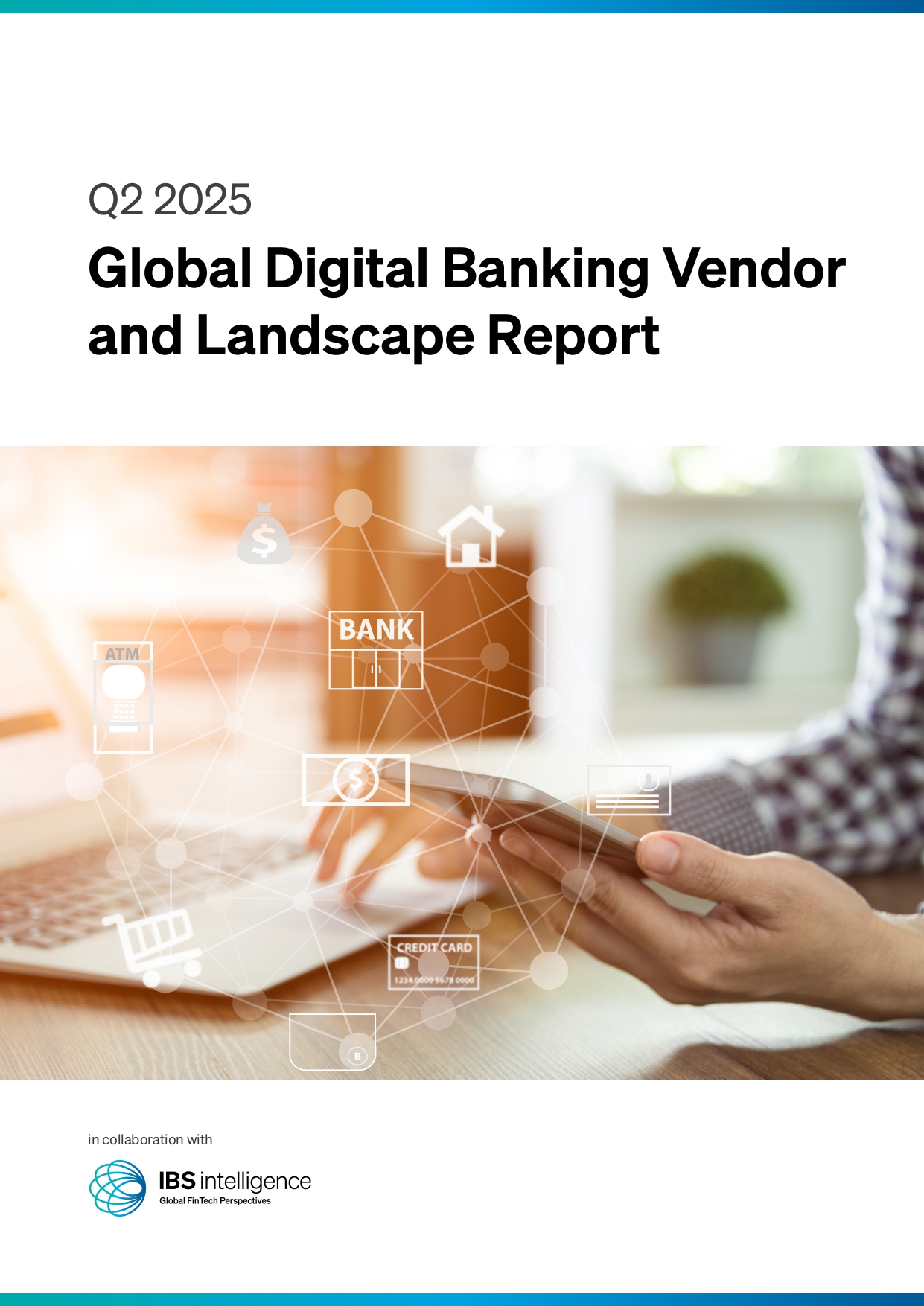
Global Digital Banking Vendor & Landscape Report Q2 2025
Know More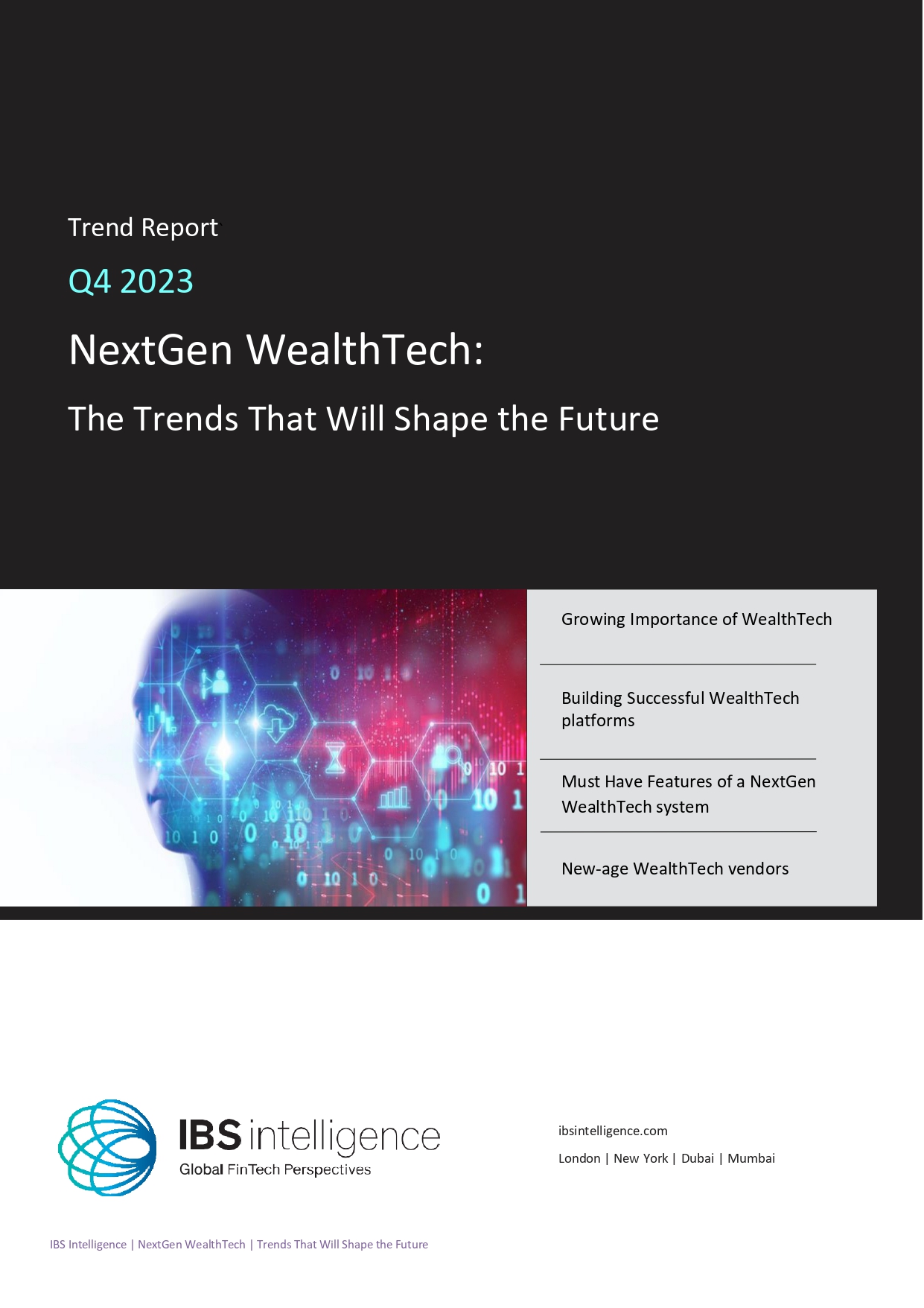
NextGen WealthTech: The Trends To Shape The Future Q4 2023
Know More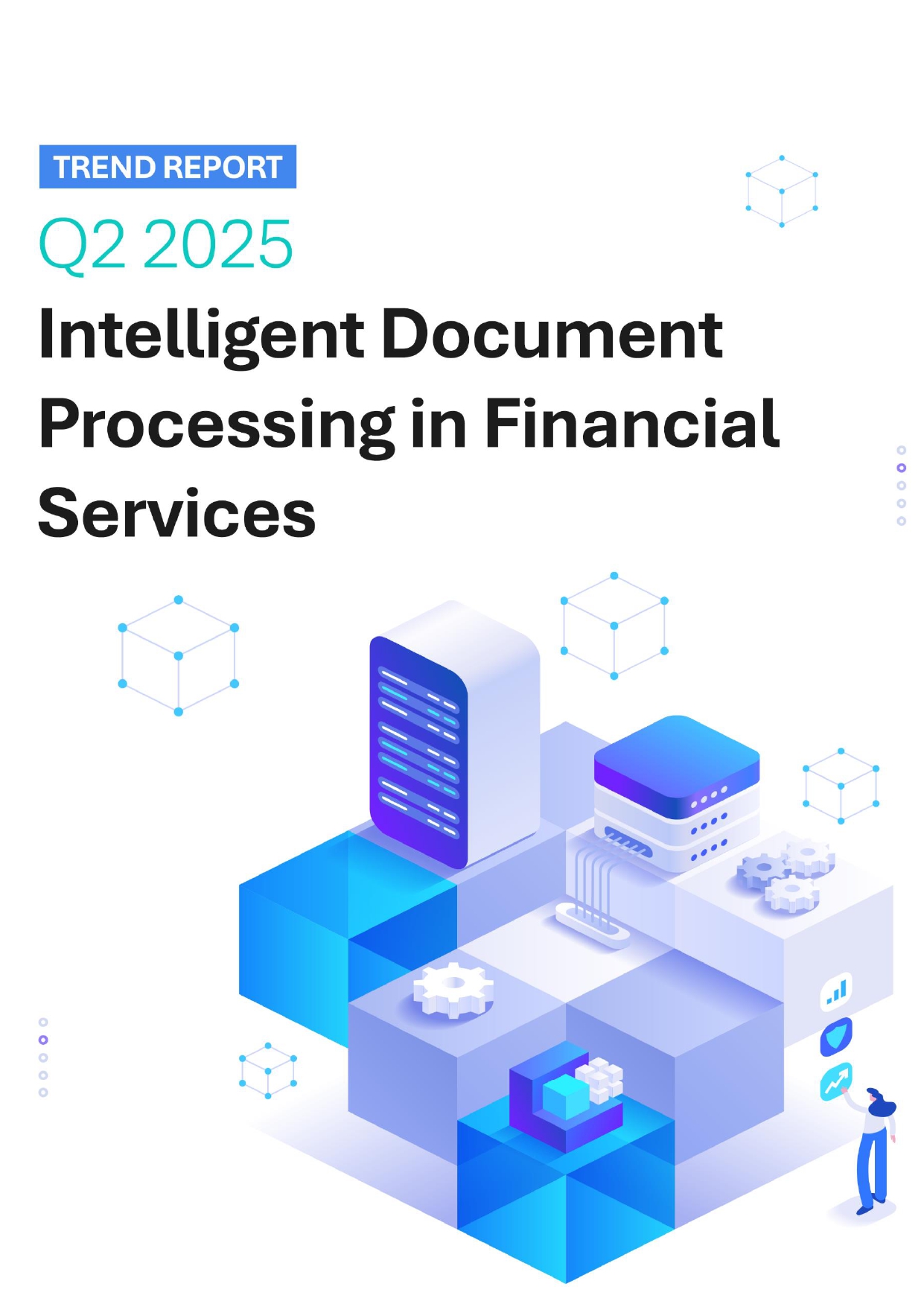
Intelligent Document Processing in Financial Services Q2 2025
Know More